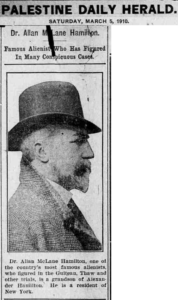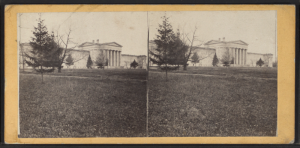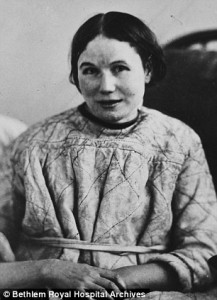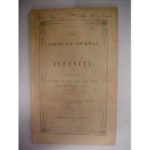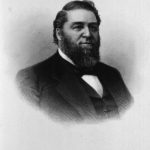Even though alienists (the term for early psychiatrists) treated insanity with vigor and resolution, they usually could not say with any certainty what had caused the condition.
An 1879 article, “Early Indications of Insanity,” in The American Journal of Insanity stated that in general, the cause of all insanity could be found in the neglect of, or an infraction of, the “established laws of physical or mental health.”
Since this could encompass almost anything, the writer went on to the core of his article, which was how to determine that someone was going insane.
One principle the author (Dr. Judson B. Andrews, assistant physician at the New York State Lunatic Asylum) stressed was that insanity should not be judged by arbitrary standards; instead, it should be judged by noting a change in the person under consideration. This at least allowed for individual personalities and quirks; alarm would arise only when typical behaviors for that individual changed. However, Andrews did believe that there were precursors to insanity that one could watch for.
The earliest indication was morbid dreams, when there was no “definite exciting cause.” Even more important was sleep impairment. Andrews described what we might today called “racing thoughts,” and explained how the condition left a person unrefreshed even when exhaustion permitted sleep.
Other disturbances that were precursors to insanity were: loss of appetite, indigestion (especially with pain and belching), flatulence, heartburn, constipation, and offensive breath.
